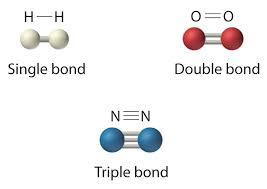ELEMENTS PROTON NUMBERS
P 9
Q 12
(a) Draw the atomic structure of atom P.
(b) (i) The atom of element P has isotopes. What meant by isotopes?
(ii) State one example of isotopes.
(c) (i) The atom of element Q has a nucleon numbers of 24.Calculate the numbers of nucleon.
(ii) Write the standard representation of atom Q.
(d) Ammonia has melting point of -78c and boiling point of 33c
(i) What is the physical state of ammonia at room temperature?
(ii)Draw the arrangement of particles of ammonia at 0c
(iii) Sketch the graph of temperature against time when ammonia heated from -100c to 0c.
.jpg)
.jpg)

















